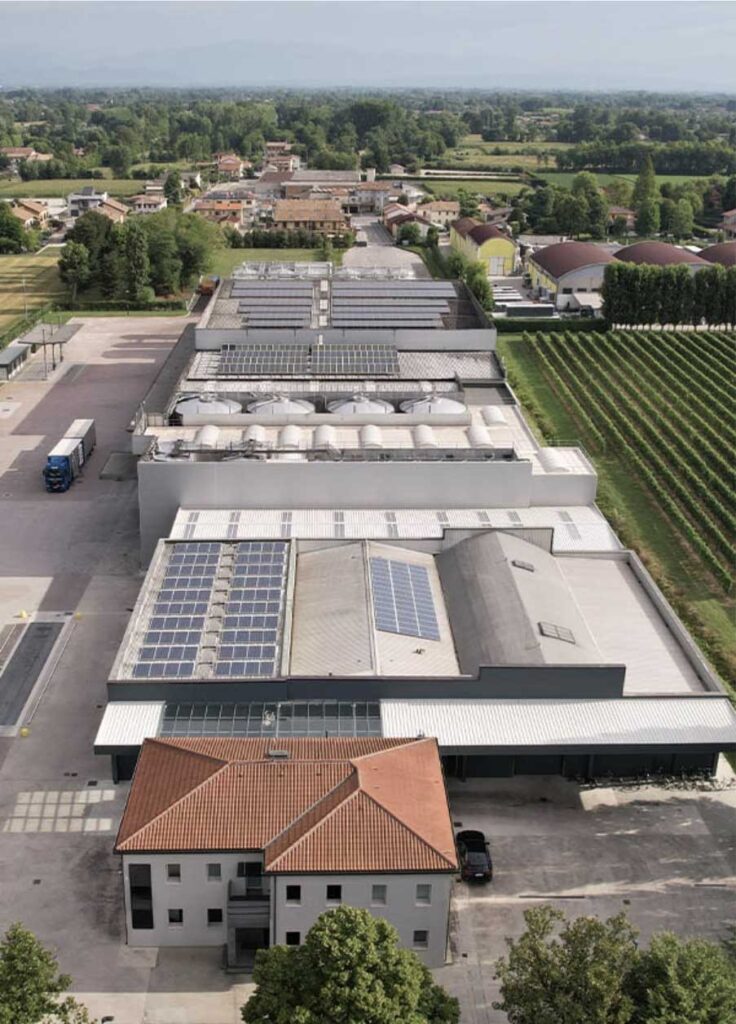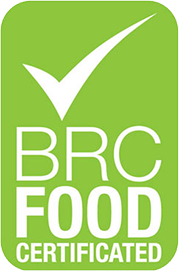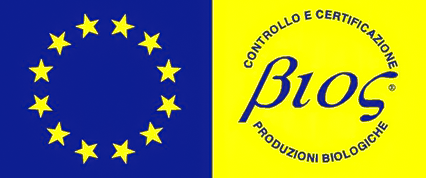In this article we will guide you into an exploration of varietal wines, with a specific focus on:
- the definition of varietal wines;
- the diverse world of Italian varietal wines and the regulations governing them.
We will make you understand the richness and complexity of varietal wines from Italy, presenting as the same time the services that Vinicola Vedovato Mario offers to customers wishing to import them.
Varietal wines: a definition
To begin our journey and to better introduce the definition of varietal wines, let’s first introduce the general official classification of Italian wines. In Italy, wines are classified into several categories, including:
-
DOP (Denominazione di Origine Protetta – Protected Designation of Origin). This category includes:
-
- DOC wines. DOC stands for Denominazione di Origine Controllata – Controlled Designation of Origin.
- DOCG wines. DOCG stands for Denominazione di Origine Controllata e Garantita – Controlled and Guaranteed Designation of Origin. DOCG represents the highest quality level, while DOC indicates a slightly lower tier of quality, but still adhering to strict production regulations.
-
- IGP wines. IGP stands for Indicazione Geografica Protetta – Protected Geographical Indication. This category encompasses IGT – Indicazione Geografica Tipica wines, which denote wines with a specific geographic origin and quality characteristics.
- Italian varietal wines, formerly called table wines: we will provide a more precise definition of what they are in a few lines.
- Italian generic wines, also formerly called table wines.
To delve deeper into the definition of what Italian varietal wines are, we can say that they are wines without DOP or IGP designations, but labeled with the name of the grape variety and/or vintage year.
These wines do not have a strong connection to a specific territory: therefore, they are not required to follow the guidelines of a specific production regulation. Nonetheless, they must be produced with at least 85% of seven well-identified non-native grape varieties.
If we consider still wines, the list of allowed wines to be used in the production of varietal wines is the following: Chardonnay, Sauvignon, Cabernet, Cabernet Sauvignon, Cabernet Franc, Merlot and Syrah.
These wines, as the name suggests, are designated by the grape variety and/or vintage year. They do not fall under the DOP or IGP categories but bear the indication of origin as “ITALIA” on the label. In the next section of this article, we will offer a throughout overview of the non-native grape varieties used to produce Italian varietal wines
Italian red and white still varietal wines
With the aim to provide a more precise definition of what Italian varietal wines are and to better understand their distinctive features, here you are a complete list of still wines varietals. For each of them, we will provide you with a short description.
- Chardonnay. Chardonnay is a versatile white grape variety celebrated for its ability to produce a wide range of wine styles, from crisp and unoaked to rich and creamy. In Italy, Chardonnay is cultivated in regions like Friuli-Venezia Giulia, Lombardy, and Trentino-Alto Adige. Italian Chardonnay are quite fruity, with aromas of green apple, citrus, peach, and vanilla, with a balanced acidity and silky texture.
- Sauvignon. Sauvignon Blanc is a white grape variety renowned for its vibrant acidity and aromatic intensity. Sauvignon Blanc is cultivated in various Italian regions, including Friuli-Venezia Giulia, Trentino-Alto Adige, and Veneto. Italian Sauvignon Blanc wines typically display aromas of citrus, tropical fruits, green herbs, and grass, with a crisp acidity and refreshing finish.
- Cabernet. Cabernet is a red grape variety known for its deep color, rich flavors, and firm tannins. Originating from the Bordeaux region of France, Cabernet is now widely cultivated in Italy, particularly in regions like Tuscany and Veneto. Italian Cabernet wines can be different form one another, but often exhibit notes of blackcurrant, plum, tobacco, and cedar, with a structured palate and excellent aging potential.
- Cabernet Sauvignon. Cabernet Sauvignon is one of the most popular red grape varieties globally, prized for its bold flavors and aging potential. In Italy, Cabernet Sauvignon thrives in regions like Tuscany, Piedmont, and Friuli-Venezia Giulia. Wines made from Cabernet Sauvignon grapes offer aromas of blackberry, cassis, bell pepper, and cedar, with firm tannins and a long, lingering finish.
- Cabernet Franc. Cabernet Franc is a red grape variety known for its aromatic complexity and elegant profile. While originating from the Bordeaux region, Cabernet Franc has found a home in several Italian wine regions, including Friuli-Venezia Giulia, Veneto, and Tuscany. Italian Cabernet Franc wines typically feature aromas of raspberry, violet, green bell pepper, and tobacco, with a medium body and smooth tannins.
- Merlot. Merlot is a red grape variety prized for its soft tannins, approachable character, and fruity flavors. Originating from Bordeaux, Merlot is widely planted in Italy, particularly in regions like Tuscany, Veneto, and Friuli-Venezia Giulia. Italian Merlot wines often showcase aromas of plum, cherry, chocolate, and herbs, with a smooth texture and medium body.
- Syrah. Syrah, also known as Shiraz, is a red grape variety famous for its bold flavors, peppery notes, and robust structure. Born in the Rhône Valley in France, Syrah has gained popularity in Italian wine regions like Sicily, Tuscany, and Umbria. Italian Syrah wines unfold aromas of blackberry, black pepper, violet, and smoked meat, with firm tannins and a long, spicy finish.
The Italian varietal wines listed earlier are the so-called international grape varieties. It is so, since they have been chosen to protect native grape varieties used in the production of the Italian wine denominations that we mentioned at the beginning of this article.
Vinicola Vedovato Mario provides a complete range of services to customers, entrepreneurs and companies wishing to import bulk Italian wines in a foreign country, including the wine varietals we listed. These services include, for instance:
- Assistance to customers in all the needed arrangements to import wine from Italy in the United States, Canada, United Kingdom, Germany, France, Northern Europe, Eastern European countries such as Slovakia, Czech Republic, and many more.
- Support to entrepreneurs willing to start their own business in the private label sector.
In doing this, we strictly follow national and international regulations and procedures, according to the country or area of destination.
Italian, European and international regulations on varietal wines
By the way, rules and laws are key elements to considered also when dealing with varietal wines production. This is why we briefly introduce the main laws regulating the subject matter below.
National Italian legislation on varietal wines
The main laws on Italian varietal wines are
- Article 7 of the Ministerial Decree (DM) dated December 23, 2009, which specifies the grape varieties allowed to be used for the production of varietal wines.
- Ministerial Decree (DM) 381-2010, establishing the control system to be applied to this type of wines.
Together, these regulations outline the requirements and standards for the production, labeling, and marketing of Italian varietal wines.
European Union regulations
At the European Union level, regulations pertaining to varietal wines derive from several key legislations:
- Regulation (EC) No 479/2008. This regulation establishes the common organisation of the market in the wine sector. It outlines the general principles for the classification, production, and labeling of wines within the EU, including varietal wines. Article 60, paragraph 2 of this regulation specifies that all wines are considered varietal unless a member state requests protection for certain varieties as DOP or IGP.
- Regulation (EC) No 436/2009. This regulation lays down detailed rules for the application of Regulation (EC) No 479/2008 regarding varietal wines.
- Regulation (EC) No 491/2009: This regulation establishes detailed rules for the implementation of Regulation (EC) No 479/2008 concerning labeling and presentation of wine products, including varietal wines.
- Regulation (EC) No 1308/2013. This regulation establishes a common organization of the markets in agricultural products, including wine. It sets out rules for the classification, labeling, and marketing standards of varietal wines within the EU.
These regulations ensure that varietal wines produced in Italy comply with quality standards and labeling requirements, contributing to consumer protection and promoting transparency in the wine market. It’s worth noting that these regulations align with global sector-specific legislation to ensure consistency and harmonization across international markets.
Are you interested in the bulk varietal wines that Vinicola Vedovato Mario can offer or do you need further information on our services? Contact our team.






